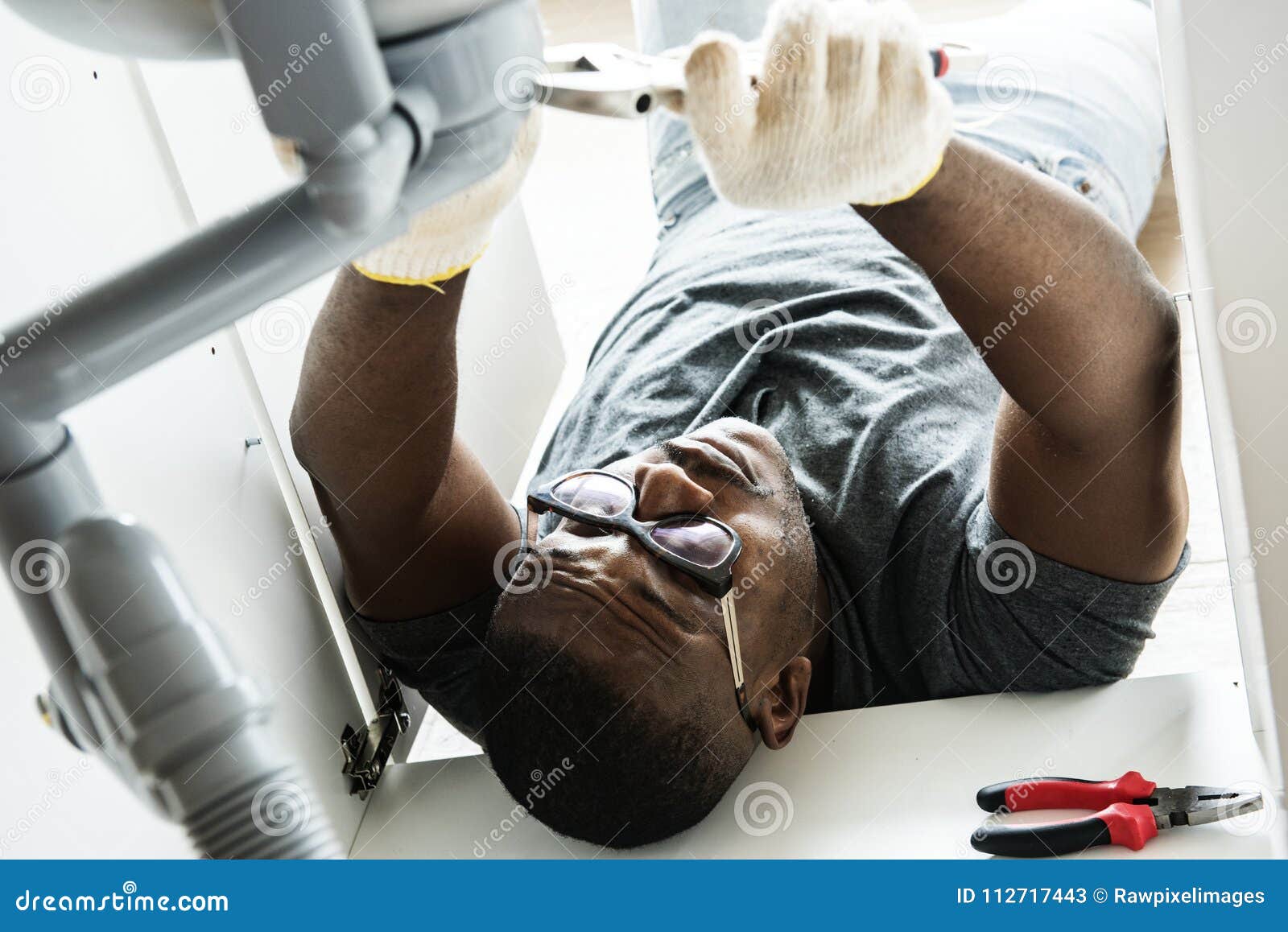Top-Rated Plumber Alabaster AL Ready to Serve You Anytime
Top-Rated Plumber Alabaster AL Ready to Serve You Anytime
Blog Article
A Step-by-Step Guide to Efficient Water Heater Installation for Optimum Performance
Starting the job of setting up a hot water heater is an endeavor that demands precision and a systematic approach for achieving optimal efficiency. The process starts with the important decision of selecting the appropriate heating system customized to the details requirements of your family, considering variables such as energy, dimension, and kind source. Once picked, preparing the installment area to meet security criteria is critical. However, the trip doesn't finish right here. As you continue, the complexities of connecting water lines and establishing reliable electric or gas links await, appealing insights into making certain efficiency and integrity.
Picking the Right Hot Water Heater

Next, think about the dimension and capability of the water heating system. It's important to examine your household's warm water requirements, which can differ based upon the variety of owners and their use patterns. An unit that's too small may result in inadequate warm water, while an extra-large version could cause unnecessary power intake.
Efficiency scores additionally play a crucial duty in option. Seek water heating systems with high Power Variable (EF) ratings, indicating exceptional performance and minimized power use. Tankless versions, though generally more expensive upfront, deal significant power cost savings in time because of their on-demand heating abilities.
Preparing the Installment Location
Prior to setting up a new water heater, careful preparation of the setup area is essential. It's critical to determine the room meticulously to suit the water heating system's dimensions, making sure ample clearance around the unit for efficient procedure and servicing.
Examine the floor for stability, as the water heating unit will certainly require a solid, level surface area to run successfully. If essential, mount a drip pan under the system to capture prospective leakages or spills, avoiding water damages to the surrounding area.
Additionally, ensure that all needed tools and materials get on hand before beginning the installation. This includes products such as wrenches, screwdrivers, a level, and any kind of added hardware needed for protecting the heating system and mounting. A well-prepared setup location sets the structure for an effective hot water heater setup, enhancing efficiency and safety and security.
Connecting Water System Lines
When connecting water supply lines to your newly set up hot water heater, it is essential to make sure that all connections are leak-free and secure to keep effective operation and protect against water damages. Begin by recognizing the warm and chilly water lines. The cool water inlet is typically noted with a blue label or a "C", while the warm water outlet is noted with a red tag or an "H".
Use adaptable water heating unit ports to help with a less complicated installation process. Prior to attaching the ports, put a plumbing professional's tape around the threaded ends of the water heater's inlet and electrical outlet pipelines.
As soon as connections remain in area, gradually switch on the primary supply of water valve. Check each link for leakages by aesthetically feeling and examining for wetness. Tighten links as required, and make sure the stress relief shutoff is correctly set up, protecting versus extreme pressure accumulation.
Setting Up Electric or Gas Links
Effectively setting up the electrical or gas connections for your water heating system is a crucial step to make certain secure and reliable operation. For electric water heating units, begin by confirming that the electrical circuit is compatible with the heating system's voltage and amperage requirements.
For gas water heaters, safety is critical. Connect the gas line to the water heating system making use of a flexible gas port, guaranteeing it is effectively threaded and Read Full Article sealed with pipe joint compound or Teflon tape appropriate for gas connections.
Once connections are made, evaluate for any type of possible leakages. For gas lines, use a soapy water option to the joints; bubbles indicate a leakage. For electrical links, confirm that all wiring is secure and effectively protected, keeping compliance with local electrical codes.
Checking and Adjusting for Effectiveness
With the electric and gas connections securely in position, the next step is examining the operational efficiency of your hot water heater. Begin by carefully turning on the supply of water and guaranteeing there are no leaks at any one of the valves or joints. When validated, proceed to fill the tank, taking note of the pressure and temperature settings. It is a good idea to establish the thermostat to a recommended temperature level of around 120 ° F(49 ° C) to balance power efficiency and convenience.
Next, perform a comprehensive inspection to make certain the burner or gas burners are operating Learn More properly. For electric heating systems, make use of a multimeter to verify if the components are drawing the appropriate present. In gas designs, observe the burner flame; it ought to be stable and blue, showing effective burning.
Change the setups as required to remove ineffectiveness. Take into consideration carrying out insulation procedures, such as adding a water heater covering, to further improve performance by minimizing warmth loss. Additionally, inspect the anode rod's condition, as a scrubby rod can reduce performance and cause tank rust.
Verdict
Reliable water heating unit installation is essential for making sure ideal performance and power savings. Firmly connecting water supply lines and meticulously establishing up electric or gas links lessen potential problems.

Correctly setting up the electrical or gas connections for your water heating unit is an important step to ensure effective and risk-free procedure. For electrical water heating systems, start by confirming that the electric circuit is suitable with the heating unit's voltage and amperage demands. Link the gas line to the water heating unit using an adaptable gas connector, ensuring it is effectively threaded and sealed with pipeline joint compound or Teflon tape suitable for gas connections.
Report this page